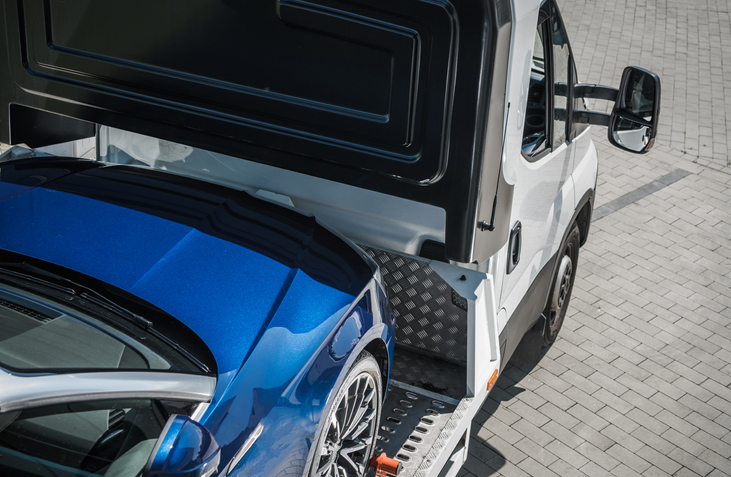
Filing for Chapter 13 bankruptcy can be a strategic move to stop the repossession of a vehicle or other property. When you file for Chapter 13, an automatic stay is immediately put into place, which halts creditors from taking collection actions, including repossession. Here’s how Chapter 13 bankruptcy can help stop a repossession and what you should consider throughout the process:
-
Immediate Automatic Stay:
- As soon as you file for Chapter 13 bankruptcy, the automatic stay takes effect, legally preventing creditors from repossessing your property. This stay remains in effect throughout the duration of your bankruptcy case, provided you comply with the plan requirements.
-
Repayment Plan:
- Chapter 13 involves proposing a repayment plan to the bankruptcy court, detailing how you intend to pay back your debts over a three- to five-year period. This plan can include past-due payments for your vehicle or other property, allowing you to catch up over time.
- Your plan will need to show that you can afford your regular ongoing payments plus the additional amount to catch up on the arrears.
-
Curing the Default:
- Chapter 13 bankruptcy gives you the opportunity to cure the default on your loan. By spreading the past-due amount over the length of your repayment plan, you can gradually become current on your loan while keeping your property.
- It’s crucial to make these plan payments on time to prevent the creditor from seeking relief from the automatic stay and moving forward with repossession.
-
Dealing with Secured Loans:
- If your loan is secured by the property (like a car loan), Chapter 13 can provide a way to restructure that debt. In some cases, if your car is worth less than what you owe, you might be able to “cram down” the loan to the vehicle’s actual value, potentially reducing your overall debt.
-
Maintaining Insurance:
- It’s essential to maintain any required insurance on the property. Failure to keep insurance can violate the terms of your loan agreement and your bankruptcy plan, potentially leading to repossession despite your bankruptcy filing.
-
Legal Assistance:
- Navigating a Chapter 13 bankruptcy can be complex, especially when trying to stop a repossession. Working with a bankruptcy attorney can provide you with guidance, ensure your paperwork is filed correctly, and help you develop a feasible repayment plan.
-
Post-Bankruptcy Considerations:
- Once you’ve completed your Chapter 13 repayment plan and are current on your loan, the risk of repossession is eliminated as long as you continue to make timely payments and adhere to the loan terms.
Filing for Chapter 13 bankruptcy can be an effective way to stop the repossession of your property and give you a chance to catch up on missed payments. By taking advantage of the automatic stay and the opportunity to reorganize your debts, you can work towards keeping your property and achieving a fresh financial start. However, it’s vital to adhere to the requirements of your repayment plan and seek professional legal advice to navigate the process successfully.


Get a Free Bankruptcy Case Evaluation